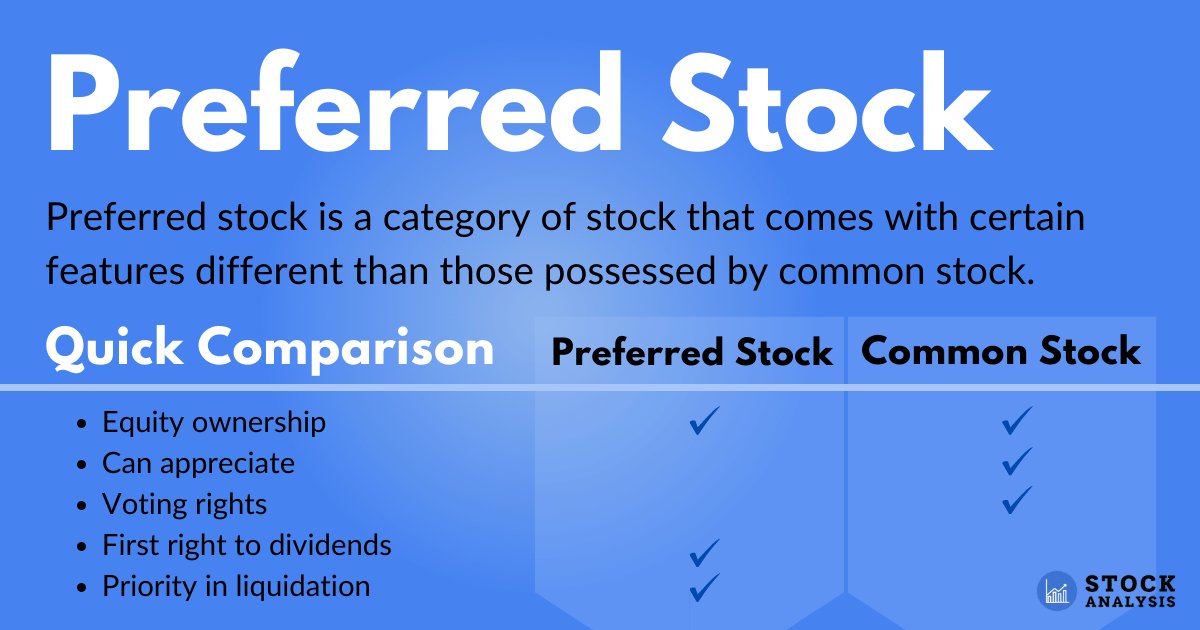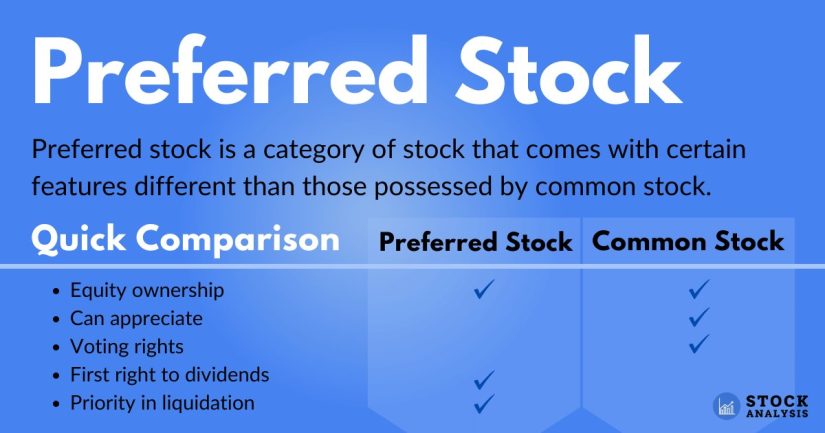
If you’ve been following my work for a while, you know I enjoy delving into the portfolio data of our Dividend Stocks Rock (DSR) members. My goal isn’t to chase the next trending stock, but to grasp what committed, long-term investors are actually retaining across various market conditions. Last week, we highlighted the most popular Canadian stocks among DSR PRO members, and this week, our focus shifts to U.S. investments.
This analysis transcends fleeting market trends—these are the firms that investors remain loyal to through all market fluctuations. When a multitude of discerning investors own the same companies across more than 2,600 portfolios, it’s certainly worth taking note.
Today, we will examine three notable U.S. dividend stocks that are frequently found within our members’ portfolios. While these companies may not be without flaws, they have secured their positions thanks to their consistency, resilience, and potential for long-term growth.
Microsoft (MSFT) – Where Innovation Meets Dividends
Microsoft clearly emerges as the most widely held U.S. stock among our DSR members—and the reasons are obvious. The company operates within well-established markets, including enterprise software, cloud services, and artificial intelligence. Products like Microsoft 365 and Azure are not just tools—they are vital components of contemporary business around the globe.
Reasons Investors Favor Microsoft
– It displays consistent growth in three fundamental areas: revenue, earnings per share (EPS), and dividends—collectively termed the Dividend Triangle.
– The firm boasts multiple growth drivers—cloud (Azure), AI integration, subscription services, and gaming.
Bull Argument: Microsoft is a dominant force in technology, offering a portfolio fundamental to global business operations. Azure stands out as a key contributor, generating roughly $75 billion each year. With a cohesive ecosystem supported by Microsoft 365, LinkedIn, GitHub, and AI-enhanced tools for productivity, it creates substantial cash flow. The company’s strong position is bolstered by high switching costs and seamless platform integration, ensuring it remains a key player.
Bear Argument: Although strong, Microsoft contends with increasing competition in AI and risks associated with potential saturation in traditional products like Windows and Office. The Activision acquisition introduces integration risks, and heightened infrastructure spending in AI and cloud services could compress profit margins. Additionally, regulatory scrutiny, especially in Europe, poses potential challenges, while competitors such as AWS and Google Cloud are gaining ground.
Position in Your Portfolio: A robust foundation for growth-focused investors who prioritize both innovation and increasing income.
Apple (AAPL) – The Powerhouse of Ecosystem
Apple has transitioned well beyond mere hardware production. While the iPhone still accounts for about half of its revenue, the company has evolved into a platform provider with services contributing over 25% of its income—and on the rise.
Why Apple is a Strong Consideration
– Substantial free cash flow allows for regular share buybacks and dividend hikes.
– The growth of high-margin services (like iCloud and Apple Music) and wearables enhances cash generation.
Bull Argument: Apple remains a globally recognized brand with unparalleled customer loyalty and a closely-knit ecosystem. Its services sector is flourishing, and the company’s proprietary chips are enhancing performance across its lineup. Apple continues to expand its global presence, particularly in India, while exploring new categories such as Vision Pro. Its combination of strong margins, recurring revenue, and a powerful brand creates a significant competitive advantage.
Bear Argument: Its heavy reliance on iPhone sales exposes Apple to risks associated with consumer upgrade patterns and market saturation. Regulatory scrutiny could pressure App Store fees, impacting profitability. Additionally, significant dependency on Asian manufacturing and execution risks related to new hardware and AI initiatives might pose challenges. With a premium valuation, any miscalculation could unsettle investors.
Position in Your Portfolio: A premium growth-oriented selection ideal for generating compound returns alongside a reliable dividend.
Visa (V) – The Profit Generator of Global Payments
Visa holds a dominant position within the realm of global digital payment processing. Each time a consumer swipes their card or selects “pay now,” Visa takes a small cut—without exposure to credit risks due to its processing-only approach.
What Distinguishes Visa
– The global shift towards digital payments continues to accelerate.
– Its business model is scalable, asset-light, and produces high profit margins.
Bull Argument: Visa commands a global payment network that directly benefits from the increasing shift to cashless transactions. Irrespective of economic fluctuations, Visa earns revenue from every transaction it processes. With international operations across various markets, along with early investments in cryptocurrency and digital platforms, it is well-positioned for ongoing growth. Solid financial health and consistent dividend increments enhance its appeal for long-term investors.
Bear Argument: Visa’s lucrative fee structure is beginning to attract regulatory scrutiny, especially concerning debit transaction practices. Merchant pushback may open avenues for low-fee disruptors. While Visa is innovating, the rate of change in fintech remains rapid. Broader macroeconomic factors, such as a potential recession, could place pressure on its performance.
